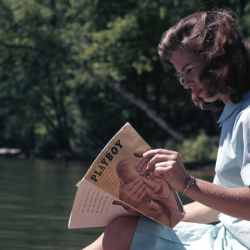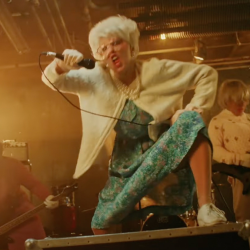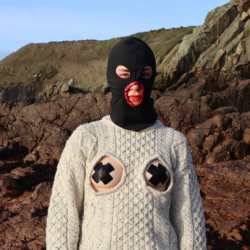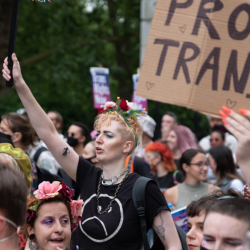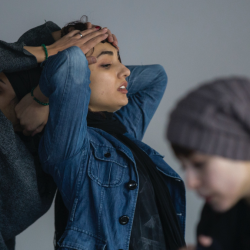In 1896, man first bottled fear on film…
The House of the Devil (1896) is considered the first horror flick ever made — and the world has sat at the edge of our collective seat ever since. Beyond campy cheap thrills and jump scares, there’s a deeper reason why the genre endures. Horror holds up a mirror for us to peer at our latent anxieties. There’s catharsis in confronting what scares us, all from the safety of our sofas. Malevolent entities and deranged murderers, creepy clowns and even creepier children; the subjects that spook society demystify human nature and how we handle trauma.
It’s what makes horror a compelling vehicle for feminist commentary. From The Texas Chainsaw Massacre’s Sally Hardesty to Halloween’s Laurie Strodes, the Final Girl is a stalwart figure of the genre — the beautiful virgin heroine who survives against all odds. Increasingly, modern horror is full of complex and flawed female characters; It Follows’ Jay Heights, Nope’s Emerald Haywood and X’s Maxine Minx all lean into their femininity and remain resilient, resourceful protagonists.
Unlike books, film is a fully visual, diegetic immersion — and horror is a conduit to the visceral, primal fears that women face. From sexual violence to the terror of being silenced and dismissed, horror carves out a space where women have the agency to face real-world fears head-on. By centring women and their experiences, horror films demand male viewers to empathise with their leads; to question patriarchal structures and consider new ways of thinking. Here I’ll explore how nine films subvert societal norms as our female protagonists age.
The Maiden
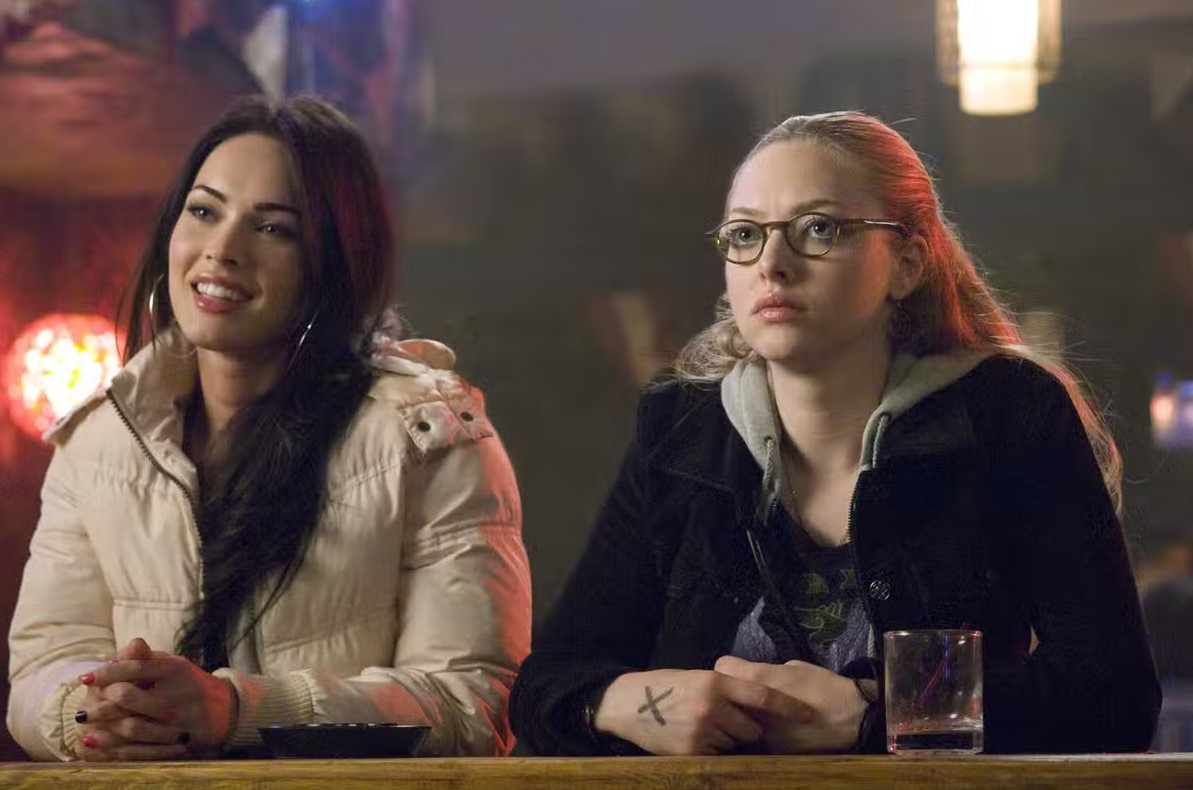
Audition (1999), The Lovely Bones (2009), Jennifer’s Body (2009)
Helpless and hyper-sexualised, young women are a mainstay in the horror genre. The Maiden has long been a symbol of purity — her virtue is intrinsic to her survival, and puberty signals the start of her potential monstrosity (Carrie, anyone?).
In The Lovely Bones, fourteen-year-old Susie’s innocence doesn’t save her. In the film’s opening lines, Susie reveals she’s dead and deprives viewers of any suspense. Instead, in a claustrophobic scene after her killer lures her into an underground bunker, we’re forced to watch Susie realise that not only can this man hurt her — he intends to. The scene cultivates a suffocating sense of dread that forces us to identify and empathise with her. Although her killer overpowers her, Susie refuses to be silenced by her own death.
In Audition, we’re introduced to Asami. Young, attractive, docile and soft-spoken, she’s the archetypal ideal woman for the duplicitous Aoyama, a middle-aged producer holding fake auditions to find a new wife. As the story progresses, Asami is revealed to be anything but submissive. The film challenges the gendered power dynamics of early 2000s Japan; it subverts the male gaze and themes of sexual objectification, revealing Asami’s complexity, agency and ability to enact violence against her oppressors.
Cult classic Jennifer’s Body (above) subverts ‘The Maiden’ stereotype by making its main character the monster. It examines how society punishes women for embracing their sexuality, when Jennifer is punished for her own sexual liberation and transforms into a demon that preys on the boys who objectified her. The heart of the film is the bond between Jennifer and her best friend, Needy, which rejects the typical ‘frenemy’ trope, and centres a genuine friendship between two teenage girls.
The Mother
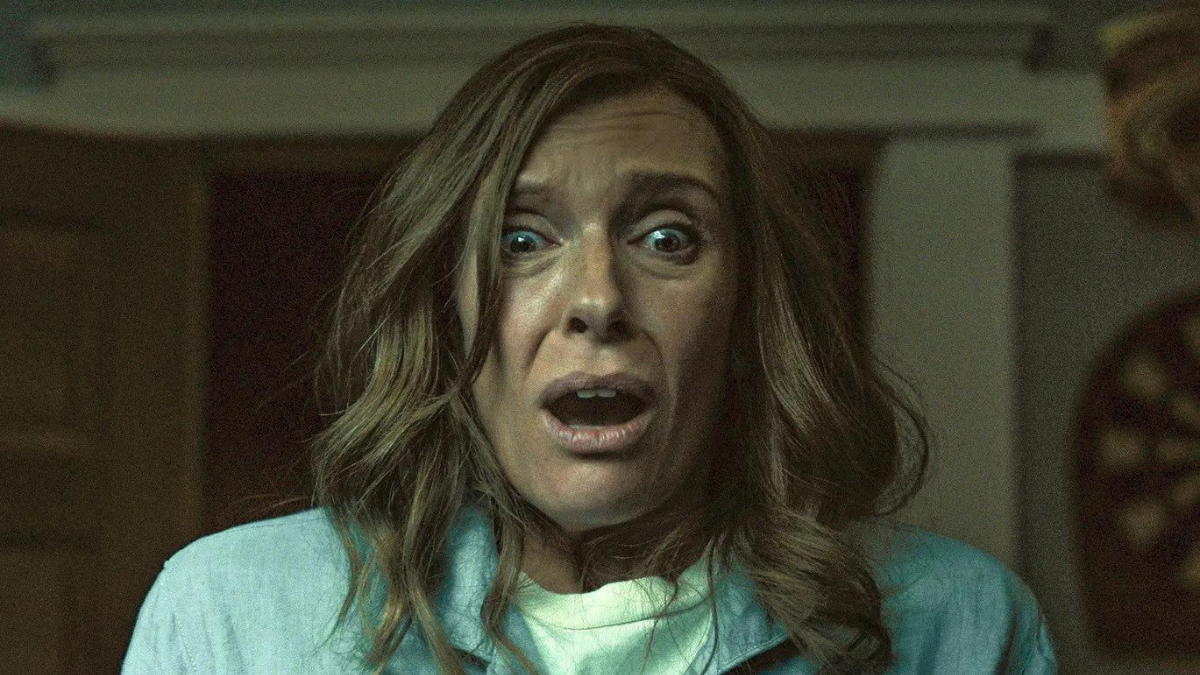
Rosemary’s Baby (1968), The Babadook (2014), Hereditary (2018)
Overbearing, emotionally unstable and ultimately helpless — mothers in horror are characterised by their hysteria and misguided attempts to protect their offspring, leading to their own demise or the death of their children.
In Rosemary’s Baby, the eponymous Rosemary suspects that her husband and neighbours are complicit in a satanic cult. Whilst Rosemary takes steps to protect her unborn child, the male-dominated cult drug her and use her pregnancy for their own agenda, asking viewers to question how women’s bodies are often controlled by others without their consent. In the end, Rosemary rejects the cult’s plans and takes control of her destiny, emphasising the importance of agency and bodily autonomy.
The Babadook follows Amelia, a single mother struggling to raise her unruly son whilst grieving her husband’s death. As the story progresses, Amelia’s exhaustion and frustration manifests into the Babadook, a monster from a children’s book. The Babadook represents Amelia’s internalised pain and trauma, and her inability to keep things under control. The film portrays motherhood as the nuanced and complicated experience that it is, and mothers as human and fallible, rather than superwomen who can do it all.
Hereditary (above) delves into themes of intergenerational trauma, and the emotional burdens that mothers bear for their families. Protagonist Annie is grappling with the loss of her mother when her family begins to unravel. We see first-hand the weight of familial responsibility, and how the trauma of Annie’s past experiences with her own mother contribute to the horrors that she and her children face, passed down through maternal lines like an heirloom.
The Crone
What Ever Happened to Baby Jane? (1962), The Visit (2015), The Witch (2015)
Where would horror be without hagsploitation? The genre has a long history of demonising older women, transforming them into grotesque and reviled figures.
In What Ever Happened to Baby Jane?, Bette Davis and Joan Crawford are cast as actresses expected to fade into obscurity as they aged. The film explores the exploitation of women in the entertainment industry, and the misogyny surrounding it. It challenges how women are often rendered invisible post menopause, as characters Jane and Blanche fight for their place in the spotlight.
The Visit (above) subverts the stereotype of inherently evil, manipulative women by presenting an antagonist with emotional depth and nuance. The story follows two children on a trip to their grandparents house, who are both vulnerable and menacing. Nana is introduced as a frail, old woman, but soon revealed to suffer from a mental illness that has led her to cause unspeakable violence. By depicting Nana as a figure that inspires both love and fear, the film suggests that older women are capable of being dangerous and powerful.
And The Witch offers a haunting meditation on the marginalisation and persecution of women who don’t conform to patriarchal norms. Set in 1630s New England, Thomasin and her Puritan family are banished from their community and forced to live in isolation. As the family succumbs to paranoia and religious hysteria, Thomasin finds counsel in a ‘Crone’ like older-woman, whose knowledge and independence threaten the patriarchal structure. It’s a story of female rebellion, empowerment and accepting outsider status.
Featured image: Mia Goth in X (2022)
























